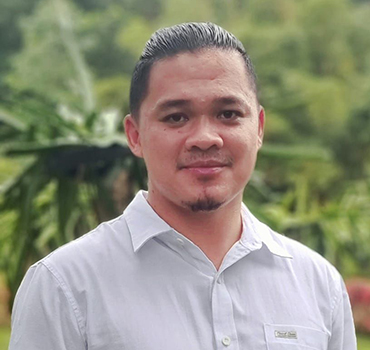
Deo Florence L. Onda, Ph.D
Project Leader
Plastic pollution is a problem that's been around since the 1960s. However, now, it is more than just a nuisance. It is an epidemic. Moreover, worse is that we do not even know how to deal with it effectively.
Every year, more than a million tons of plastic waste go into our oceans (National Geographic, 2019). This scenario causes problems for marine animals and plants because they often mistake plastic for food or get tangled in it.
Plastic has become such a part of our lives and culture that we have stopped paying attention—and if you have ever visited the Philippines, you will know why we need to pay attention again.
Global efforts have been done to estimate the gravity and extent of plastics pollution by either counting or estimating from available data. In a global study done in 2015, by Jambeck et al., the Philippines was claimed to be the third largest plastic polluters of the seas, just a little behind China and Indonesia. However, the question remains on how we can validate these claims.
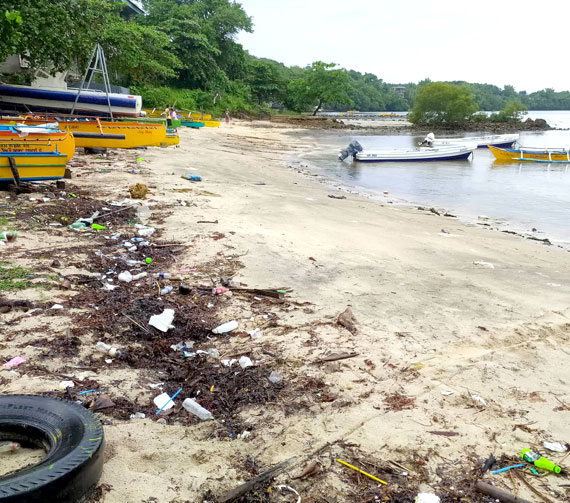
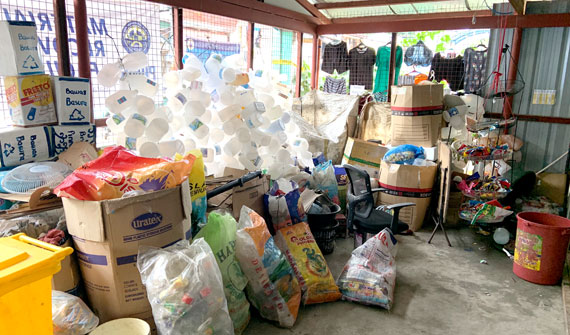
The problem with plastic pollution is like the problem with candy.
Do you know how you want to eat just one piece? And then you want another? And another? Before you know it, you have eaten all of the candy.
Well, that is kind of what happens with plastics. They are so easy to use and convenient—and they are everywhere!—that we just keep using them without thinking about it.
It is no secret that the Philippines has a plastic problem, but how bad is it?
The problem:
Plastic pollution is a global issue. In the Philippines, we have a nasty case of it. The archipelago is claimed to be one of the top ten countries in the world for mismanaged plastic waste.
Based on a report made by The World Bank, the Philippines produces an astounding 2.7 million tons of plastic waste annually, of which 20% is thought to find its way into the ocean. The fishing, shipping, and tourism industries in the Philippines are especially at risk due to the country's extensive coastline and the high volume of trash floating in the ocean.
Furthermore, brand auditing revealed that sixty percent of plastics gathered from the West Philippine Sea's Pag-Asa Island came from nearby nations like Thailand, Malaysia, Indonesia, Taiwan, China, and Singapore.
We all see these numbers being thrown around print media and the Internet. However, the values used in most studies are based on estimates because of the lack of comprehensive data on mismanaged plastics in the Philippines. Without a proper database and collated data, it can be difficult for the Philippines to either reject or validate such values.
So what can we do to confirm these numbers?
The solution:
We count!
Through the Nile Red staining method for microplastics and drone survey technology for macroplastics, coupled with artificial intelligence for automated identification, we are able to generate primary data on the true extent of plastics pollution in the coastal and marine environments of the Philippines.
This primary data from technology adapted from our partners from Japan and the United Kingdom coupled with prior data from national government agencies could provide a more holistic view on plastics pollution in the country through integration and visualization.
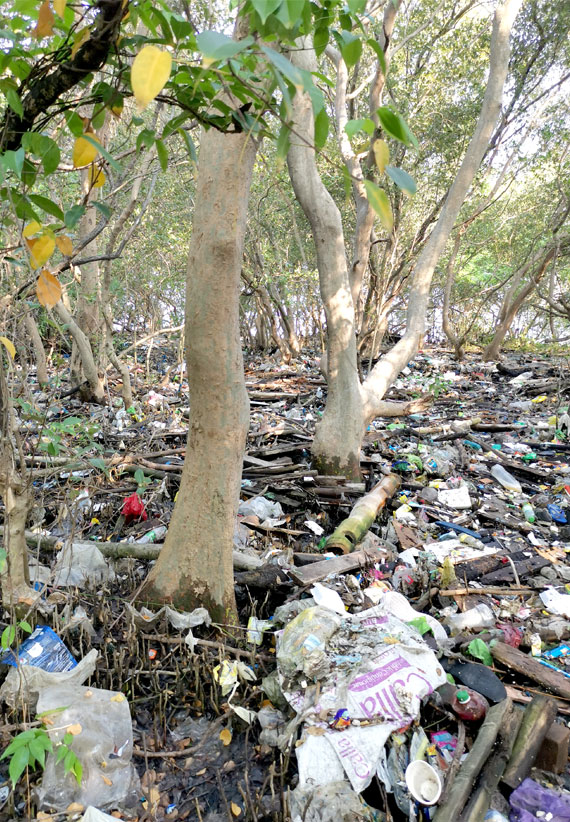
The project is supported by the Department of Science and Technology through the Grants-in-Aid program and the Philippine Council for Industry, Energy, Emerging Technology Research and Development (PCIEERD), and implemented by the Marine Science Institute at the University of the Philippines Diliman.
The project is funded through the JST-UKRI-DOST Science and Technology and Action Nexus for Development (STAND) framework implemented by the Japan Science and Technology Agency, the UK Research and Innovation and the Department of Science and Technology.
We believe in developing effective strategies for tackling the plastic problem through collaborative research, hence our collaboration with Kyushu University in Japan, the University of East Anglia in the United Kingdom and Swinburne University of Technology, Sarawak Campus in Malaysia.
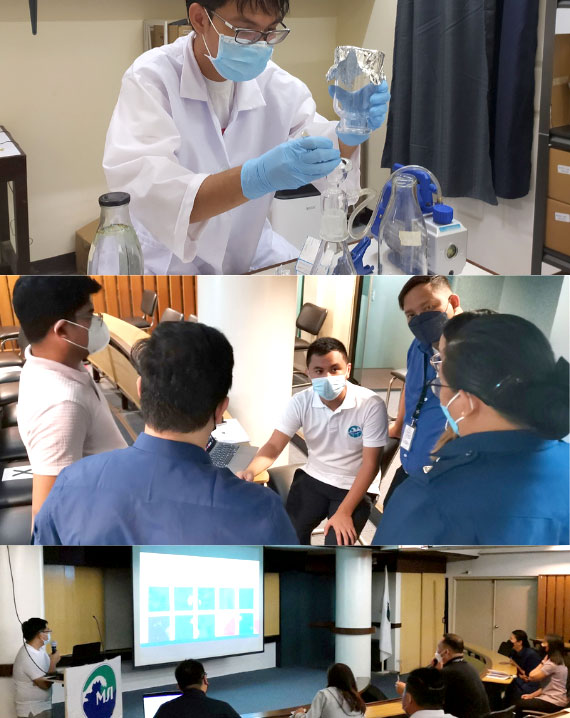
PlastiCount Pilipinas aims to increase local capacity for monitoring plastics pollution in the coastal and marine environments by adopting technologies implemented in developed countries and making the data available to the public for use in policy, advocacy, and education.
We do the first one by capacitating personnel from relevant national government agencies such as the Philippine Coast Guard and the Department of Environment and Natural Resources through workshops, lectures and fieldwork. Our first batch of fifteen trainees come from five different agencies and centers: the Marine Environmental Protection Command from the Philippine Coast Guard (PCG-MEPCOM), the Biodiversity Management Bureau (DENR-BMB), Environmental Management Bureau (DENR-EMB) and the Ecosystem Research and Development Bureau (DENR-ERDB) from the Department of Environment and Natural Resources, and the Philippine Council for Industry, Energy, Emerging Technology Research and Development (DOST-PCIEERD).
We do the second one through the PlastiCount Pilipinas portal where both new data generated through the project and historical data from national government agencies and researchers can be easily accessed on a website. A map of all relevant information on plastics in the Philippines is available for viewing. Through these materials, we aim to advance and amplify the interest relevant to macro- and microplastics research and collaboration, which can aid in creating evidence-based policy decisions on waste management and strategy. Feel free to use the data on the portal for your research, advocacy and education work!
Through this project, PlastiCount Pilipinas aims to make the public aware of the extent of plastics, especially in marine environments, and what we can do to help through a whole-of-nation approach.
In the end, we believe that what gets measured, gets managed.

Project Leader
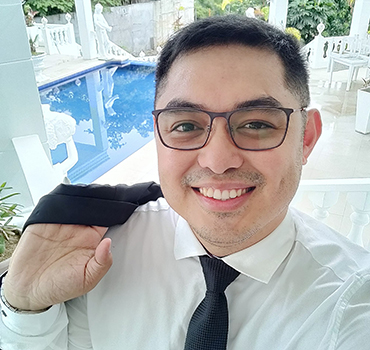
Project Staff
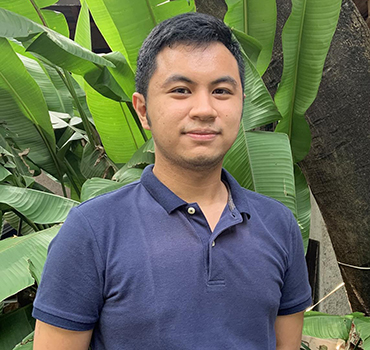
University Research Associate II

University Research Associate I

Computer Programmer
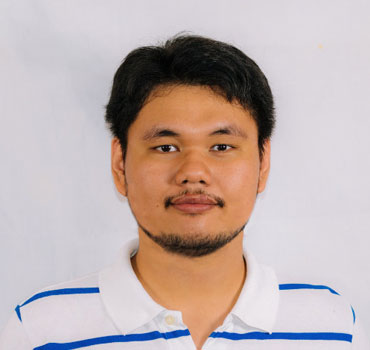
Laboratory Aide

Laboratory Aide
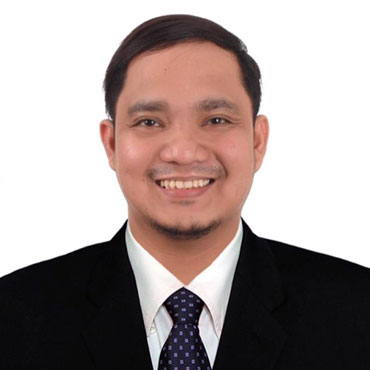
Science and Technology Fellow II
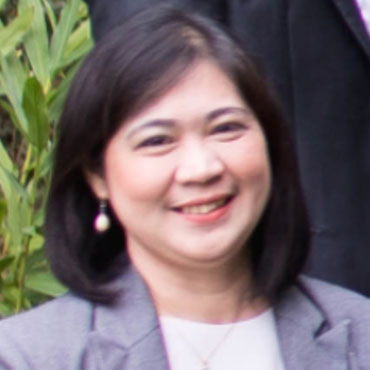
Superviser

Science Research Specialist II

Science Research Specialist I
